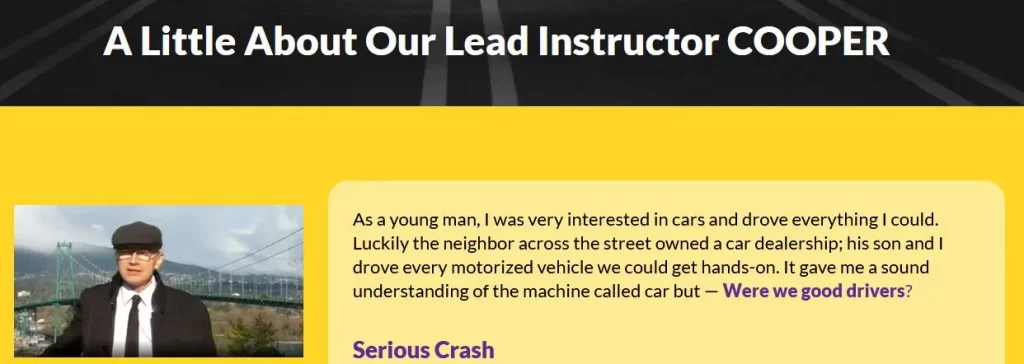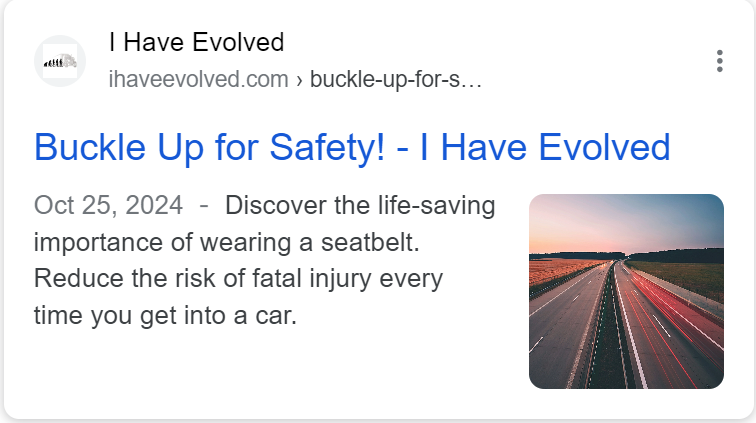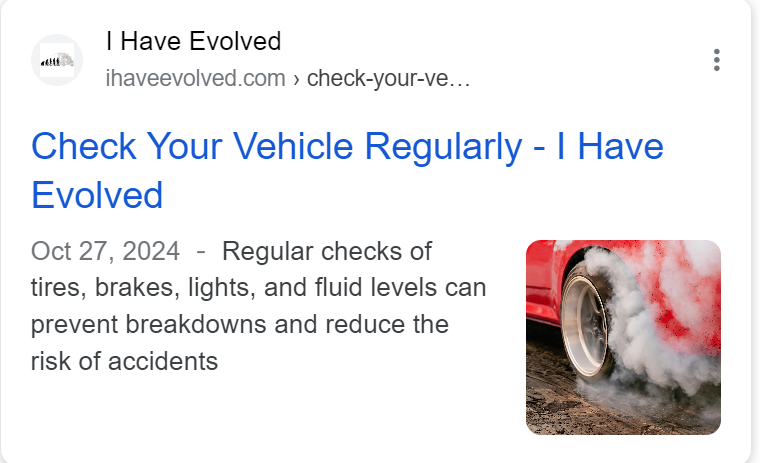Your friend plops down on a plastic chair, it goes CRACK, and they crash to the floor. You lean on a small table, it gives way, and you tumble down, too.
These structures couldn’t handle the extra weight, so down they went, taking everything with them.
People come to me when they’ve had a rough time on the road as drivers, passengers, or bystanders. The stress, fear, and trauma from these experiences can really weigh you down, slowing everything down.
Returning to everyday life takes work, time, and often a few struggles. There are many solutions, and they often involve different experts and strategies.
So, how do I help a driver in distress?
LIFESTYLE ANXIETY
We let you handle your everyday worries. This may sound harsh but it is an important distinction.
I’m not an expert on what I call “lifestyle anxieties.” Dealing with any mental or physical challenges takes a lot of effort and support. I don’t specialize in that area. You and your support system need to tackle it together.
My focus is on your driving skills. We start right away with our Go Team approach. You handle your life stresses, and I’ll help with the driving ones. And we must learn to separate them.
DRIVING ANXIETY
Driving is a complex intertangled set of skills and situations which often cause stress as complexities increase. You need four skill levels, each made up of smaller skill sets, all working together to form a strong foundation.
If any lower-level skill is weak, the higher-level performace will suffer.
To be a safe and confident driver, you need all four skill sets to be solid and well-practiced. And this reduces driver anxiety.
My favour and very common question from new drivers is… “How do I learn to drive with high anxiety?” My ANSWER IS ALWAYS THE SAME: “You don’t”
Stressful situations reveal your driving weaknesses.
Some clients want to drive right into facing their fears, like intersections or highways, using exposure therapy. I do not fully agree with this approach because I believe trauma can expose underlying skill weaknesses.
We need to fix these weaknesses before tackling the trauma head-on.
We strengthen your core driving skills.
I’ve seen my approach work with past clients who regained their confidence in everyday driving without fear. I’ve also noticed that near all my anxious clients needed more clarity in their core driving skills.
I break down your skill sets, ensure the foundation is solid, and help you improve at all four skill levels. This way, we can identify and rebuild any weaknesses the trauma may have uncovered. When done correctly, and carefully, this removes anxiety, fear and stress that is sourced from the driving.
Surprisingly, many of my clients have taught me that their fears and concerns about driving safety are justified. Yes, it’s wise to be fearful because, in fact, most clients lack a solid understanding and a strong foundational set of skills to rely on in the increasingly complex world of driving. So, your intuition was right all along—there is something to fear. Now, how do you learn to handle it? Come, I will help you and show you, together, one step at a time.

DECONSTRUCT AND RECONSTRUCT YOUR FOUR SKILLSETS








Comments are closed